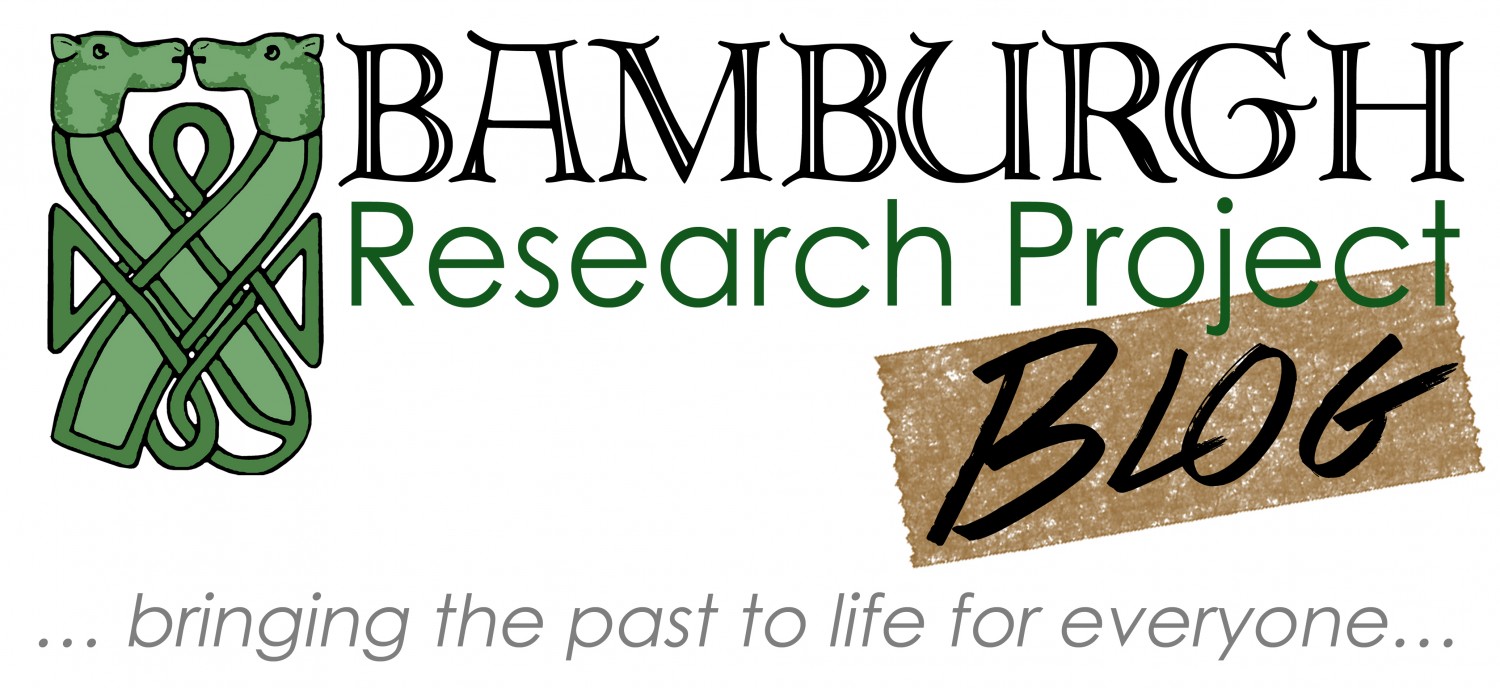The 2010 excavation season has been a great success on a number of levels. Two prime time television programmes, Digging for Britain and Time Team, will help tell the story of the site to a very wide audience. In addition we very much hope that you have enjoyed the regular updates on our work via this blog.
I am sure that the most outstanding find of the season is the sculpted stone fragment, the first piece of Anglo-Saxon stone sculpture found at the castle in more than a hundred years. This is currently undergoing conservation at Durham University and we will be reporting on this in the future.
One project that has been quietly undertaken in the background has been the detailed photographing of the small finds to enhance the quality of our archive. This process will photograph all of the small finds but the new highly detailed photos of the gold finds from the castle have proved to be particularly fascinating as they are of sufficient quality to show more detail than is visible to the naked eye. Something very useful when dealing with such small but intricate items.
Anglo-Saxon decorated gold has very much been in the news in the last year with the discovery of the stunning Staffordshire hoard. Not surprisingly the publication of part of this collection in photographic form on the internet has led us to compare our few samples with this larger corpus. The Bamburgh Beast found by Dr Hope-Taylor during his 1970-74 excavation is the most obvious item to compare as it is of similar date. The zoomorphic design of the beast clearly has some very close relatives amongst the new finds suggesting that it comes from a similar school of craftsmanship. The remainder of our finds are likely to be later in date, probably 9th century, but do represent the descendents of the earlier material within a living Anglo-Saxon tradition of precious metal working.
Is it possible that some of the Staffordshire material could be Northumbrian is one questions that has been repeatedly discussed amongst the team. Personally I think historian Michael Wood may be very close to the mark with his theory that the hoard could in part derive from events that occurred during a conflict between the Northumbrian king Oswiu, brother of St Oswald, and the Midlands king Penda and his Welsh allies. Penda besieged Oswiu at a place called the ‘Iudeu’ (probably Stirling in Scotland) and forced him to pay a huge treasure as the price of a temporary peace. This is just the kind of circumstance that could have led to the stripping of gold from weapons but leave the weapons themselves with their owners. Its a terrific theory, and also accounts for the Christian elements present in an area (Staffordshire) that remained pagan long after the conversion of much of the rest of England. Perhaps we will never be able to solve this definitively, but if in future seasons we were to uncover gold artefacts of 7th century date, perhaps we can further add to the debate.


I am curious as to the source of the gold. Are there outcrops in the UK? or imported from elsewhere?
Hi Robert – I’ve passed your query on to one of our Directors who will hopefully be able to answer your question!
Hello Robert
The British Isles have varied mineral deposits with gold included in these. There are sources in Cornwall, Wales and central and southern Scotland as well as Ireland.
Of course gold is very easy to recycle as well as greatly valued and frequently exchanged and traded. This means that the gold found at Bamburgh could have come from a number of sources. I would guess that it would have been recycled and reused on many occasions before reaching its current form.
Hope this answers your question.
Graeme Young
Project Director